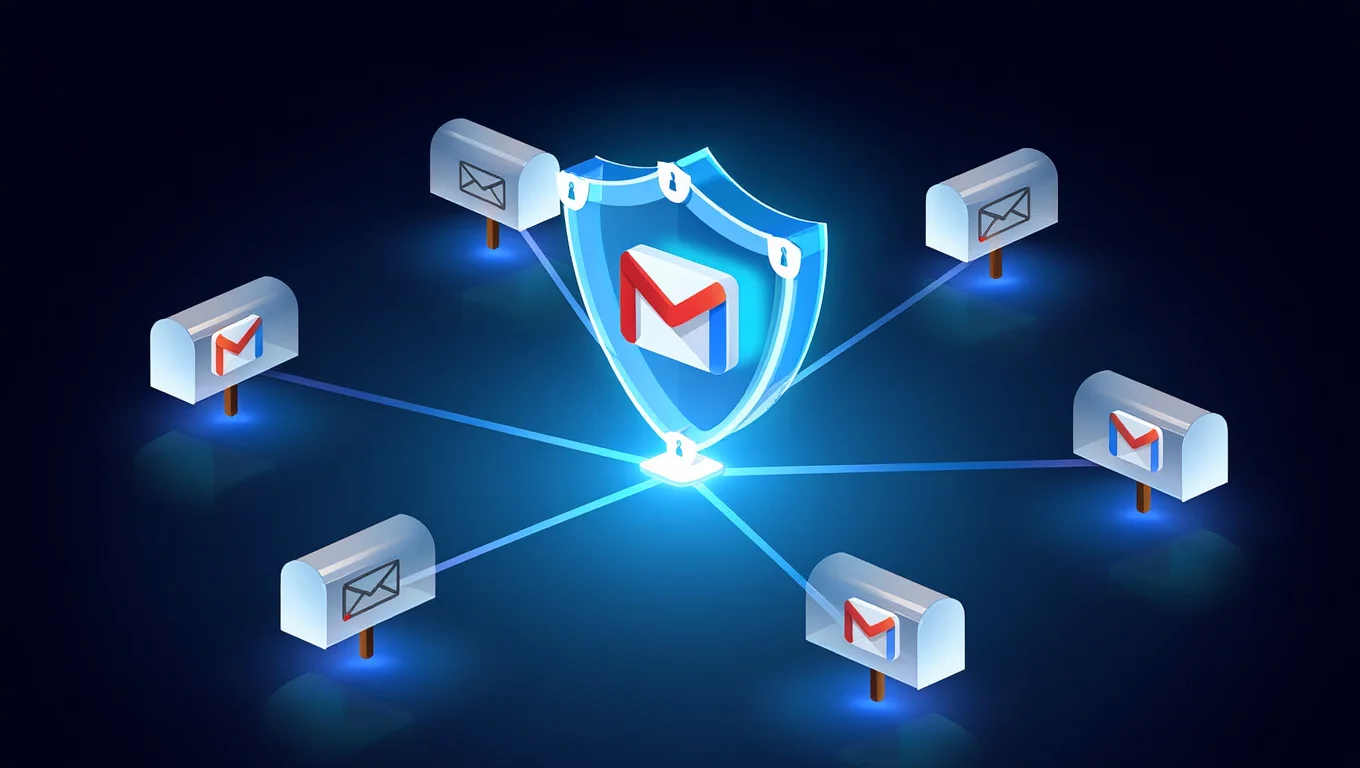 SECURITY
SECURITY
 SECURITY
SECURITY
 SECURITY
SECURITY
Google LLC today introduced a new end-to-end email encryption solution for Gmail designed to reduce the friction and complexity typically associated with secure enterprise messaging.
The announcement was made today to coincide with Gmail’s 21st birthday. The enhanced encryption offering is aimed at making encrypted communication more accessible to organizations of all sizes, regardless of the recipient’s email platform.
“Today is Gmail’s birthday and we wanted to do something special — enable enterprise users to send E2EE messages to any user on any email inbox with just a few clicks,” Johney Burke, senior product manager, and Julien Duplant, product manager at Google Workspace, wrote in a blog post. “This capability, requiring minimal efforts for both IT teams and end users, abstracts away the traditional IT complexity and substandard user experiences of existing solutions, while preserving enhanced data sovereignty, privacy and security controls.”
The new release seeks to address issues with traditional encryption methods, such as S/MIME. Google argues they’re often viewed as too difficult to implement and maintain, especially for companies without dedicated IT security teams. The methods require certificate management, user training and only work when both sender and recipient have compatible setups in place.
As a result, adoption rates have remained low, with studies showing that only a fraction of emails. Fewer than 0.06% in some cases are actually encrypted this way.
Google’s new approach removes the need for certificate exchange and proprietary plugins. With the new E2EE solution, messages are encrypted on the client side using keys that are held and managed by the organization, not by Google. The feature, built on Google’s existing client-side encryption framework, allows senders to retain full control over who can view, forward, or retain access to a message.
If an email has been sent to a Gmail user, the encrypted email is automatically decrypted and displayed like any other message. If the recipient uses another platform, Gmail will send a secure link to view the message in a restricted web-based Gmail environment using a temporary Google Workspace guest account. With the new encryption feature, organizations also have the option to enforce this restricted mode for all recipients, regardless of their email provider.
The idea behind the model is to reduce the risk associated with storing data on third-party devices or services. IT teams can apply access policies, revoke message access and enforce organizational controls over how messages are handled, even after delivery. The capabilities also align with regulatory requirements such as the Health Insurance Portability and Accountability Act, the European Union General Data Protection Regulation and data sovereignty mandates.
Additional features being introduced include classification labels, default E2EE policies for sensitive teams and improved data loss prevention rules. And to further celebrate Gmail’s birthday, Google has also deployed a new artificial intelligence model to improve Gmail’s spam and phishing detection, using behavioral and content-based signals to evaluate messages in real time.
The new E2EE feature is launching in beta today for Gmail users within the same organization, with others to follow. All Gmail users should gain access in the coming weeks, with full support for all external email platforms expected later this year.
Support our mission to keep content open and free by engaging with theCUBE community. Join theCUBE’s Alumni Trust Network, where technology leaders connect, share intelligence and create opportunities.
Founded by tech visionaries John Furrier and Dave Vellante, SiliconANGLE Media has built a dynamic ecosystem of industry-leading digital media brands that reach 15+ million elite tech professionals. Our new proprietary theCUBE AI Video Cloud is breaking ground in audience interaction, leveraging theCUBEai.com neural network to help technology companies make data-driven decisions and stay at the forefront of industry conversations.